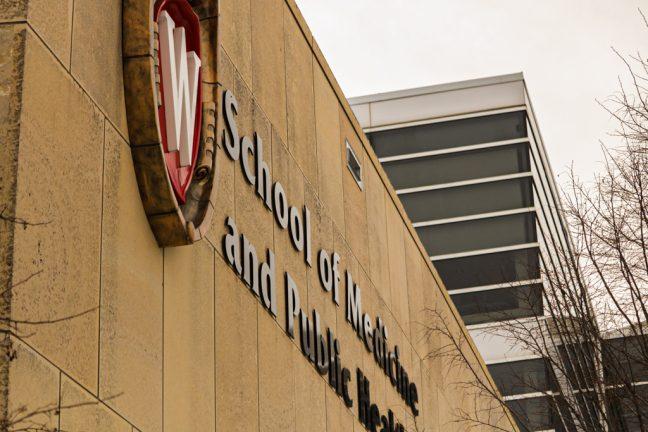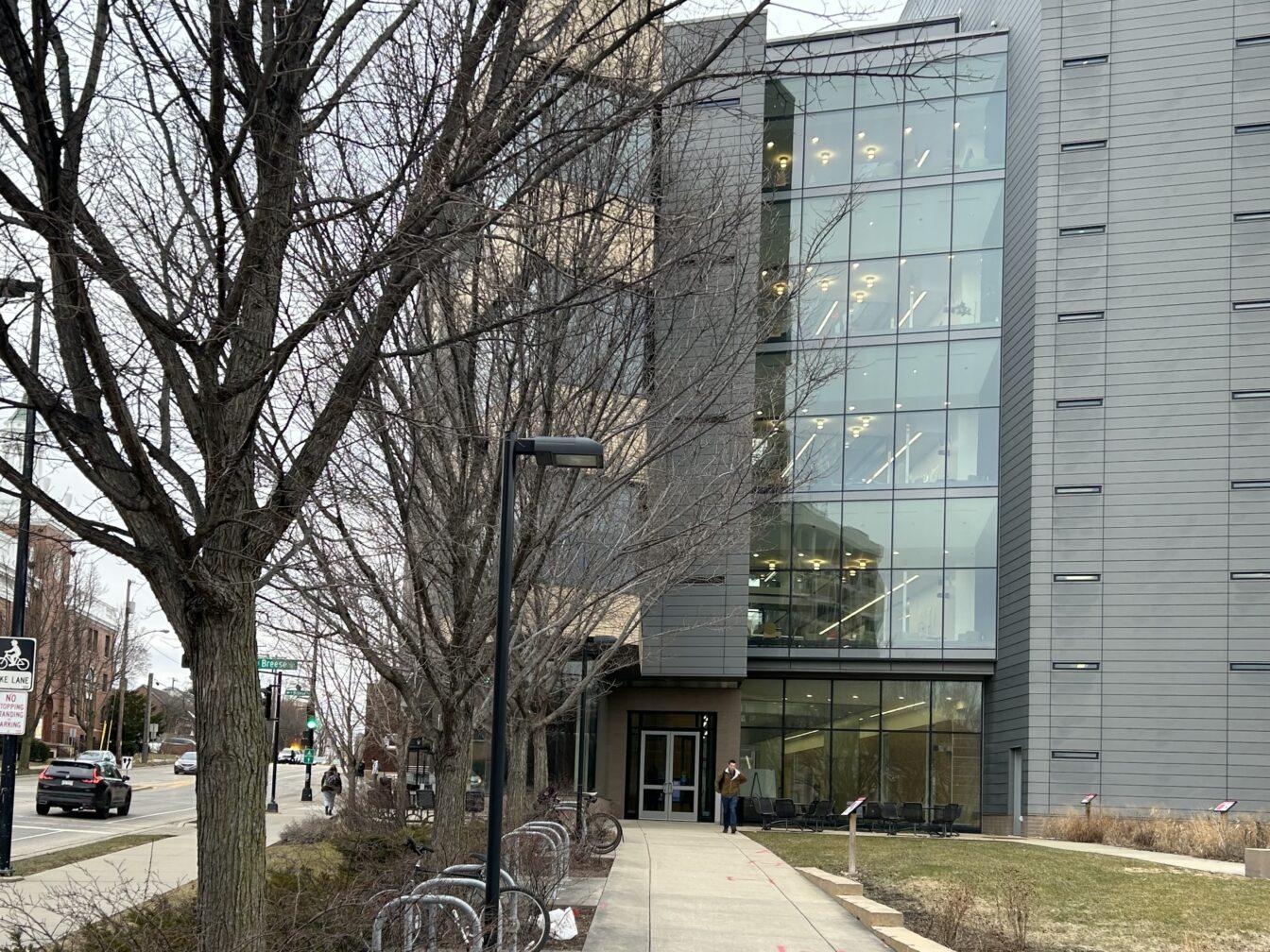The University of Wisconsin School of Medicine and Public Health recently expanded its Oregon Child Absenteeism Due to Respiratory Disease Study, using air sampling and complementary methods to track the prevalence of influenza and SARS-CoV-2 (COVID-19) in the Oregon, Wisconsin School District.
ORCHARDS research program manager Shari Barlow said the opportunity to test air sampling arose from connections to the Oregon School District. UW professor in the department of pathology and laboratory science Shelby O’Connor introduced the use of air sampling to test its effectiveness by comparing its results to an additional three methods, which included
, school absences and PCR tests.
The air samplers were placed in communal gathering spaces — like cafeterias — where they picked up microscopic viruses and viral particles by taking up air through passive diffusion into the machine, forcing the air through a solution that helps particles stick to the sampler cartridge.
These cartridges were collected and replaced twice a week to be analyzed via reverse-transcription polymerase chain reactions to detect the presence of viral genetic material.
Viruses replicate using RNA, which hold genetic instructions for building the proteins that make up the physical virus. RT-PCR creates small, complementary strands of DNA called primers that can attach to the viral RNA. The RNA are placed in a thermocycler, which creates an alternating environment of warm and hot cycles that prompt the replication activity of DNA-building proteins called DNA polymerases. This process generates the binding of complementary viral RNA strands to be replicated again and again to produce a significant amount of viral DNA.
Large quantities of DNA make the viral DNA detectable to scientific instruments, so scientists can determine if viral DNA is present, indicating a positive result. The sites chosen for complementary primers have a very low chance of mutating when the virus does, so the process does not decrease in accuracy as the virus evolves, according to O’Connor.
UW biochemists’ vision extends past US, impacts communities in Uganda
Air sampling not only proved to be an effective method at determining the presence of viruses when compared with the other three methods, but also held a few advantages over them.
“The first [advantage] is that there is one sampler per school and antigen-testing every two days, so cost-wise, it’s a lot less…you can get a lot more information about a lot more people for a lot less money,” O’Connor said.
O’Connor said the lower cost means if schools have to use one method to monitor viruses, air sampling could be viable. Testing students also requires getting consent from students and parents, whereas the air samplers are a non-invasive measure. Antigen tests were performed on consenting students in their schools, where PCR tests were only administered to children who had opted-in to testing at home when they got sick.
But the air sampler also had some drawbacks compared to the other methods. Barlow said the air sampling was not specific to an individual, showing only that someone in the area was sick.
Because of this limitation, Barlow said air sampling could instead be used to determine when to implement transmission-mitigation measures, like masking and social distancing.
Study reveals positive relationship between art representation, science understanding
“[Another] challenge of the air sampler is that the results are delayed,” O’Connor said. “With a rapid antigen test you get your negative or positive [result]. Unfortunately with the air sampler we have to gather and get our results, which can take about a week.”
Testing samples takes large amounts of time due to the preparation needed for drawing up multiple solutions and running them through a thermocycler that oscillates between four different temperatures for a number of cycles. O’Connor said researchers are working to reduce the time-lag of air sampler testing and collecting so they can be used in other locations where more instantaneous feedback is needed.
A new method that reduces the amount of prep work for the samples so they can immediately be placed in the cycler would cut down on the time for processing, especially when paired with a cycler able to produce the testing sample in only thirty minutes.
Another downside of air sampling is the viral load — how much virus was in the air — is not discernible due to how the tests for the viruses afterwards are conducted. This is an issue for COVID-19 specifically, because people infected with the virus often shed viral particles long after they stop being contagious.
According to O’Connor, the amount of particles were not detectable by antigen tests, but the sensitive PCR tests administered to the air samples would detect the virus. This reasoning might also explain why there were no detections by rapid antigen testing after winter break in the study, but the air samplers continued to detect COVID-19.
Overall, the study found air sampling to be correlated with other methods of detection, which could help it towards a wider implementation for disease monitoring. According to Barlow, air sampling is already being used in clinics and long-term care facilities around Madison.
O’Connor believes it could be useful in monitoring where viruses are coming from and where they are being spread. But until there is a renewed interest in public health, it is unlikely to see more widespread use.
















